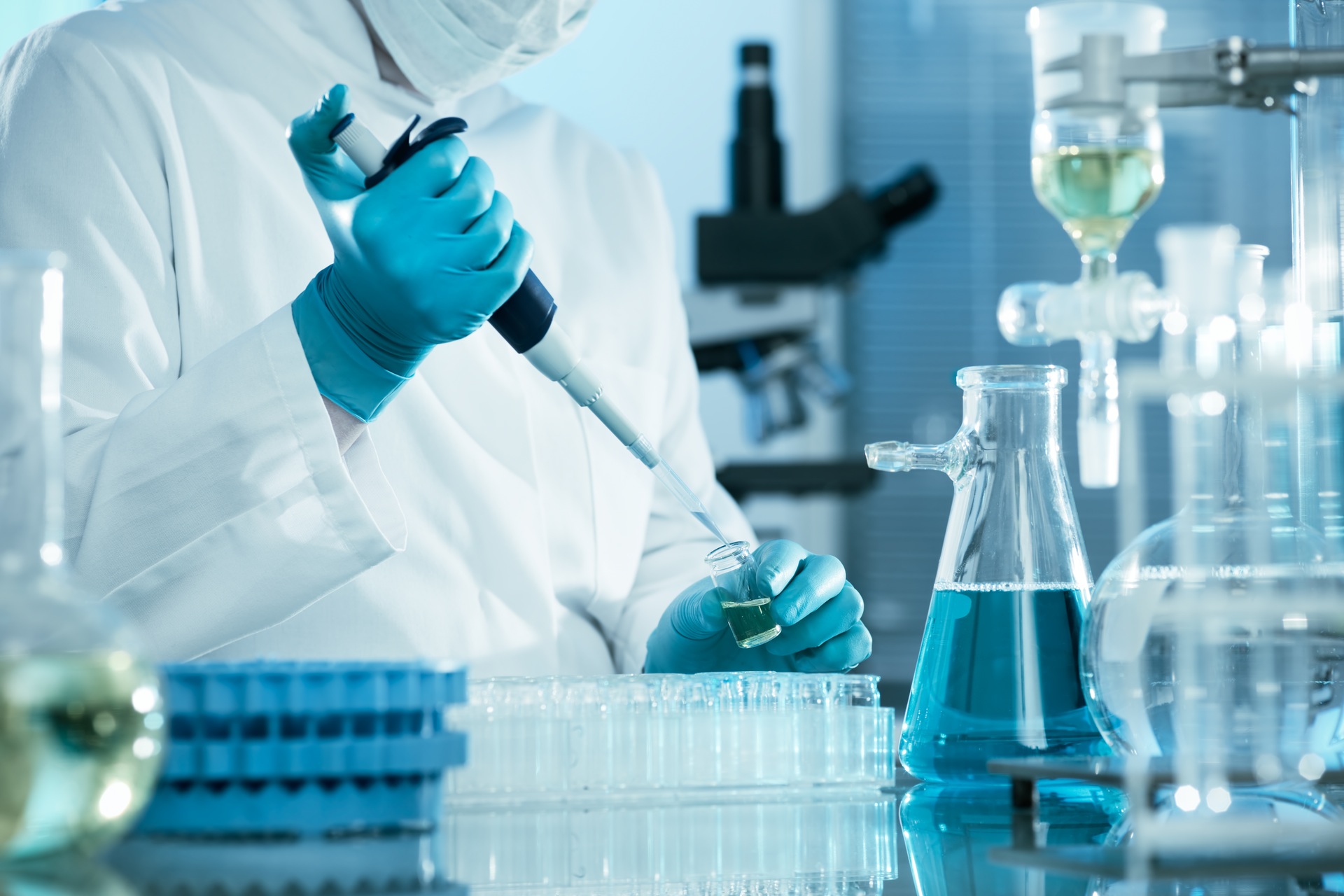
18 Basic Chemistry Concepts
Basic Chemistry Concepts For Beginners
This is an introduction to the fundamental concepts of chemistry. It is not meant to be an exhaustive resource but just something that you can look at to make sure you understand what is going on. This is ideally for those students just beginning with chemistry whether in high school or college. I am including basic concepts as well as some example problems. If you would like a primer on Biology then start at this post http://sciencebyjason.com/2016/03/purpose-dna-biology/.
What is Matter
Matter is tangible. It is something that has mass and takes up space. You can also look at it as being physical in the sense that you can see, touch, or smell it. One of the parts of matter is mass. Mass is how much there is of it when measured. Of course taking up space means that it has some volume that you can also measure. Matter is then quantifiable which means you can also give it units when measured.
What is not Matter?
Things that are not matter include whatever you can not touch see, or hear. This means forms of energy, time, sound, and information. Forms of energy include gravitational, chemical, nuclear, and elastic, motion, thermal, sound, electromagnetic, and electric. That is quite a list and I could go in depth on each of those but I will save that for a later post.
Forms of Matter Around Us
The forms of matter are the well known solids, liquids and gases. Some types of matter stay in one category. Other types of matter can transition between the different forms. Solids have a certain size and shape that will not change on its own. They are rigid. Its atoms are packed very close. Liquids are more variable than solids. They have a size and shape but that depends on its environment or what it is in to be precise. That means it will take the shape of whatever container that holds it. Liquids have a characteristic that is called fluidity. This means the liquid will flow and take the shape of wherever it is. Solids do not flow.
The last type of matter is gases. They do not have a size and shape of their own. They will, however, take the shape of whatever they are in if the particles are not allowed to leave the container. There is technically another state of matter called plasma but we will leave that for later as it is more advanced.
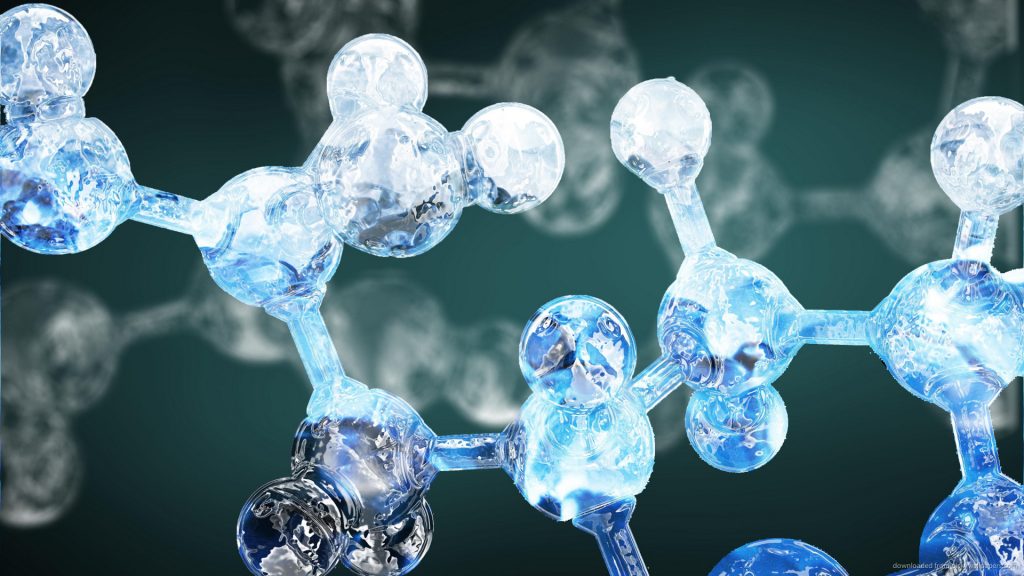
Physical Properties of Matter
Physical properties are one of the subjects that make chemistry interesting. Every substance has its own properties. The substances can then be classified according to their properties. Common physical properties are mass, temperature, melting point, density, elasticity, magnetic, electrical, and color. There are more as well that are less common.
Properties can be further divided as to whether they are extensive or intensive. Extensive properties, like mass, depend on how much of the matter you have. Intensive properties, like color, do not depend on how much of the particular matter you have. Pay attention to this as the more interesting basic chemistry concepts are derived from here.
Sample Problem 1-Converting Units
If a truck is driving 60 miles per hour at a particular instant of time, how fast it is driving in kilometers per hour?
First you think about the relationship between the 2 units or unit systems. The 2 units are miles and kilometers. The relationship between these 2 units is this:
[latex] km= miles * 1.6 [/latex]
That is your formula. Formulas like this can be looked up anywhere online or in the back of some books that deal with the subject. So to solve this you just use this relationship between the units.
[latex] km=60 miles * 1.6 = 96 kilometers. [/latex]
So the truck is moving at 96 km per hour.
This is obviously a very simple problem. The reason I started with it is I wanted to say something about problems. Solving problems basically comes down to a few things. If you do those things right then solving problems becomes a lot easier.
- understanding what the problem is asking for
- figuring out the relationship between everything
- setting the problem up correctly mathematically
Chemical Properties of Substances
The chemical property of a substance refers to its characteristics as it changes its chemical properties. Its attributes and properties are then measured again. You can then compare its properties from before it changed. A lot of people do this because its so interesting to analyze different substances as they change. Examples of chemical properties are combustion level and flammability. This section is also very important in your foundation of basic chemistry concepts.
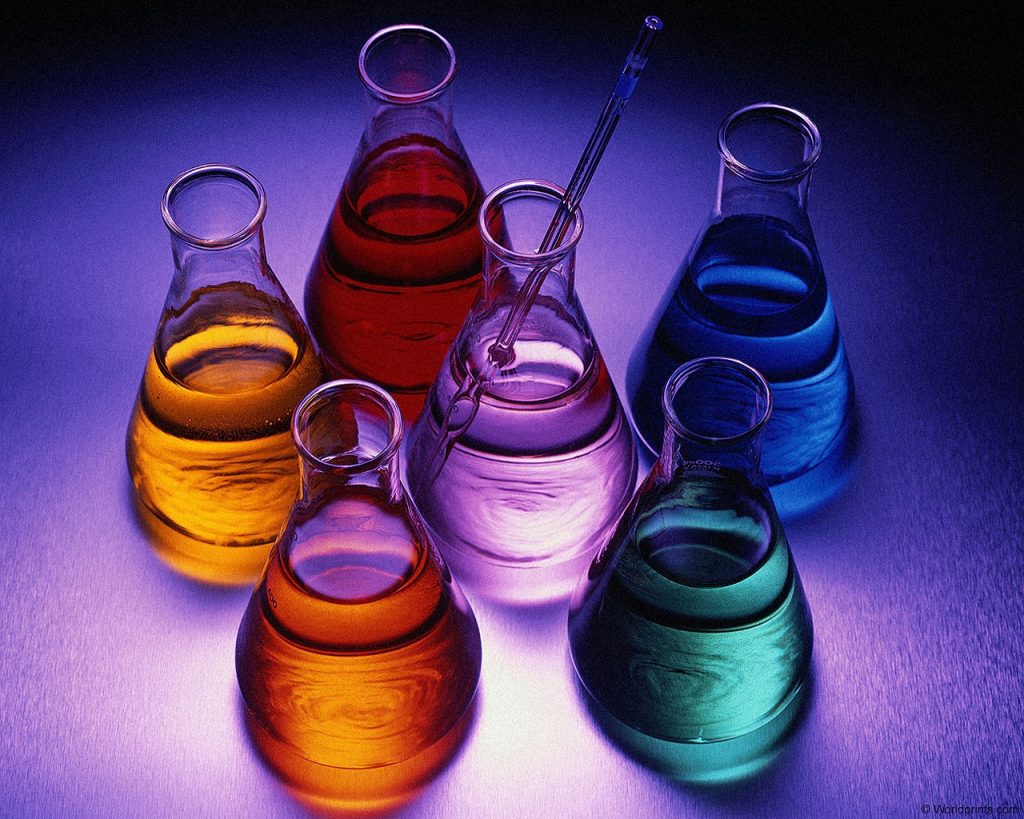
Forces
Force is a great concept to understand. Though most people would probably associate it with physics, it has applications in all the sciences. It is the push or pull on an object. Can change the motion of the object it acts on. It can be extremely small such as on the atomic level or tremendous as in the cosmic forces that act on each other. Force can be measured too. Its units are the Newton. It is also considered a vector quantity.
It is directly related to Newton's 2nd Law of Motion. This Law states that when an object encounters a force it is accelerated. There acceleration obviously can be either positive or negative. Depending on which way that goes it can increase the objects velocity or decrease it. The basic formula for force =mass * acceleration.
Sample Problem 2
[latex]
What force does a 24 kg object have if it is accelerating at 6 m/s ^2 ?
So: F = Mass * Acceleration
Plug in values: F = 24 kg * 6 m/s ^2
Therefore: F = 144 N
[/latex]
Energy of Things
Energy is one of those words that is used all the time. Some people use it right but most do not. In chemistry it is the capacity to do work. You can not do any work if you don't have energy. This may seem obvious when I put it like that but in problem solving many people tend to forget it. Its unit is the Joule. There are multiple types of energy too. They are kinetic, potential, and electromagnetic.
Kinetic energy comes from motion. Potential energy comes from its position before it undertakes any motion. There are 2 main types of potential energy which are gravitational and coulomb potential energy. Electromagnetic energy is the energy created by an electric field. This is made up of oscillating electric and magnetic fields.
Atoms
Societies have always tried to make smaller pieces of everything. Whether by cutting or burning or dissolving in a liquid, there have been those people that always try to go one step further. Eventually we reached that limit and it is called the atom. This is the most basic and fundamental thing we know of today. It is one of the more important basic chemistry concepts. It is made up of particles which determine its make up. They make up our elements that famously appear in the table of elements.
Nuclear Model
Atoms are made up of particles as mentioned above. These particles include the nucleus and electrons. The nucleus has a positive charge while the electrons have a negative charge. The nucleus is held together by something called the strong force which is important to remember. The strong force is one of the basic forces of nature that hold everything together. It holds together the particles of the nucleus. The atom as a whole is neutral, though, because the nucleus and electrons cancel each other out with their different charges.
The parts of the nucleus that have positive charges are called protons. Protons are very small sub-atomic particles that are found in every atom. The number of protons determines what kind of atom or element you have. An atom with 1 proton is hydrogen while an atom with 6 protons is called carbon. When you look at the periodic table this proton number is usually the top or main number you see. That number is how many protons are in that element and that determines what the element is called.
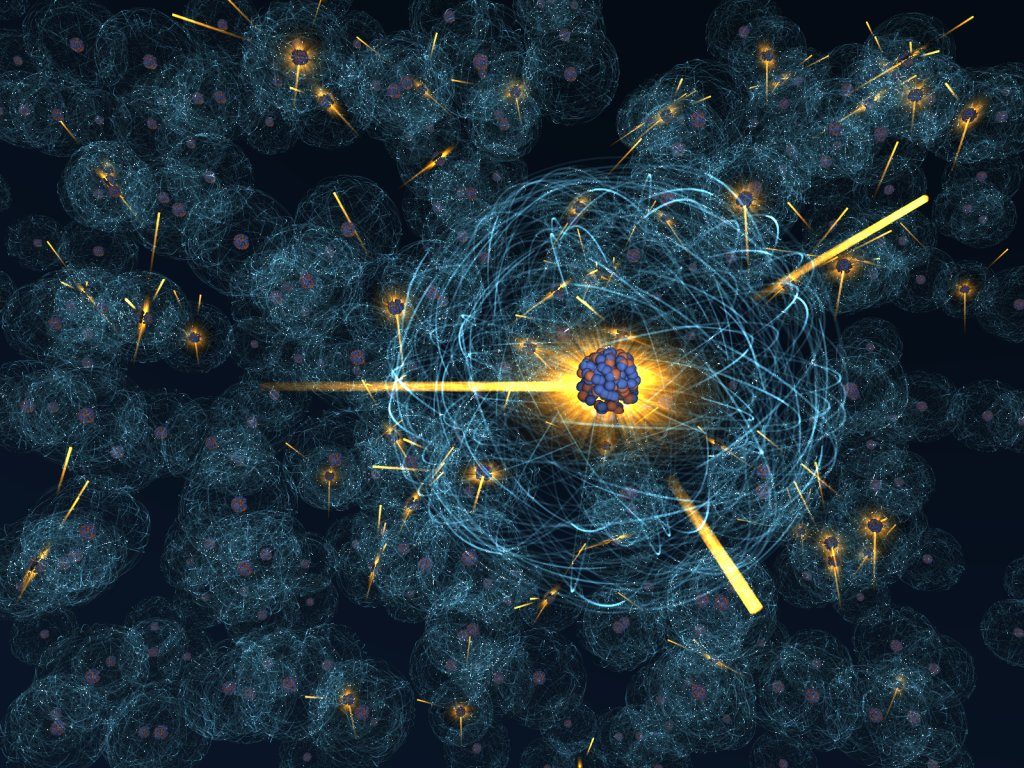
Elements
Elements are substances that are pure of anything else. They can not be broken down further. One type of element will have the same number of protons every time. An element can be changed into another element but this requires nuclear fusion at the heart of stars for this process. The most abundant element in the universe is hydrogen by far. Everything else makes up the rest.
Isotopes
An atom can have different numbers of neutrons which will make the mass different. It could be less or more than the standard element. It is the same element but a slightly different substance and this is called an isotope. So the number of neutrons will determine what isotope it is. Usually there are a few different isotopes for elements. There are not a lot of different isotopes for every element. Each element is unique in that it has only special versions that it can change into and become an isotope. They will have basically the same properties as the original element.
Compounds
Compounds are elements that come together and combine. They are neutral in charge. They can be either organic or inorganic. Elements are then chemically joined. They become something different. Compounds that form do so in a very defined manner. They do so in the same quantities the same every time.
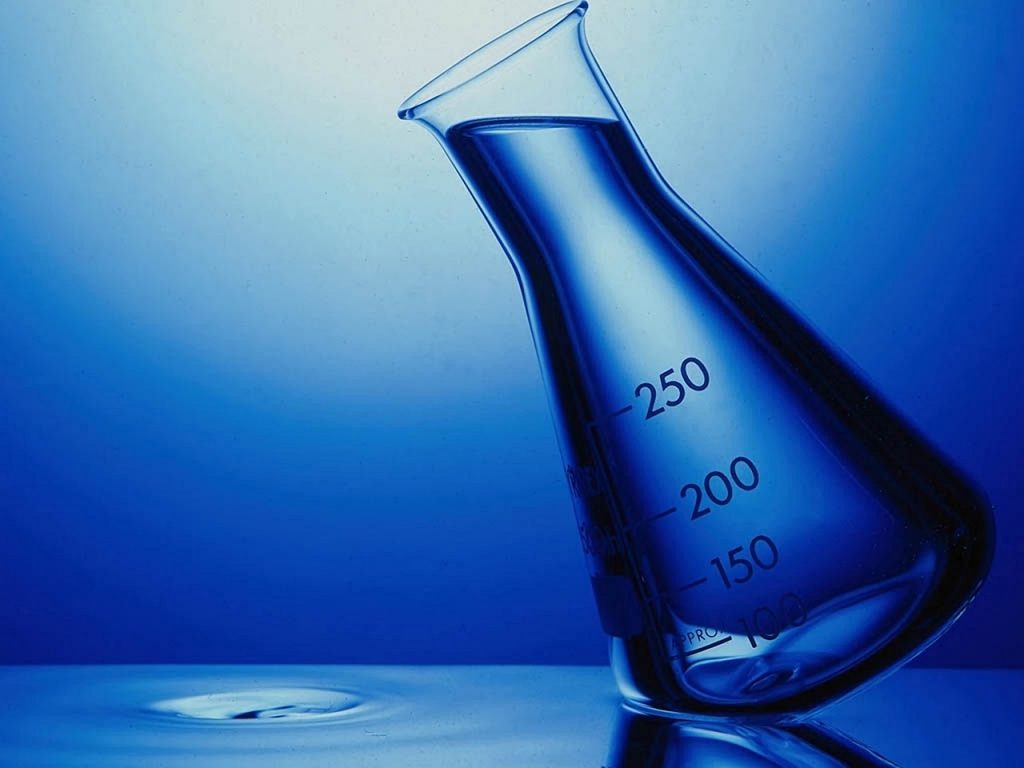
Molecules
Another of the most influential basic chemistry concepts, there are huge areas to study of just molecules. Molecules are combinations of atoms in a specific order and makeup. Their structure is important and determines its attributes. The electric charge of the molecule is also important as the makeup of its properties can depend on the charge. Molecules will also form chemical reactions. Something important to remember is that all compounds are molecules but not every molecule is a compound.
Ions
Ions are atoms that gain or lose electrons. Usually not many at once but the effects are profound. Losing electrons gives the atom a positive charge while gaining electrons will then give it a negative charge. The reasons is that electrons are negative in nature and gaining or losing is just adjusting the negative charge of an atom. Once these atoms lose an electron they can then be classified as either cations or anions.
Cations
A cation is just an ion(compound or molecule) with a positive charge. This means there are more protons then electrons.
Anions
An anion is just the opposite of a cation. It is a negative ion which means there are more electrons than protons.
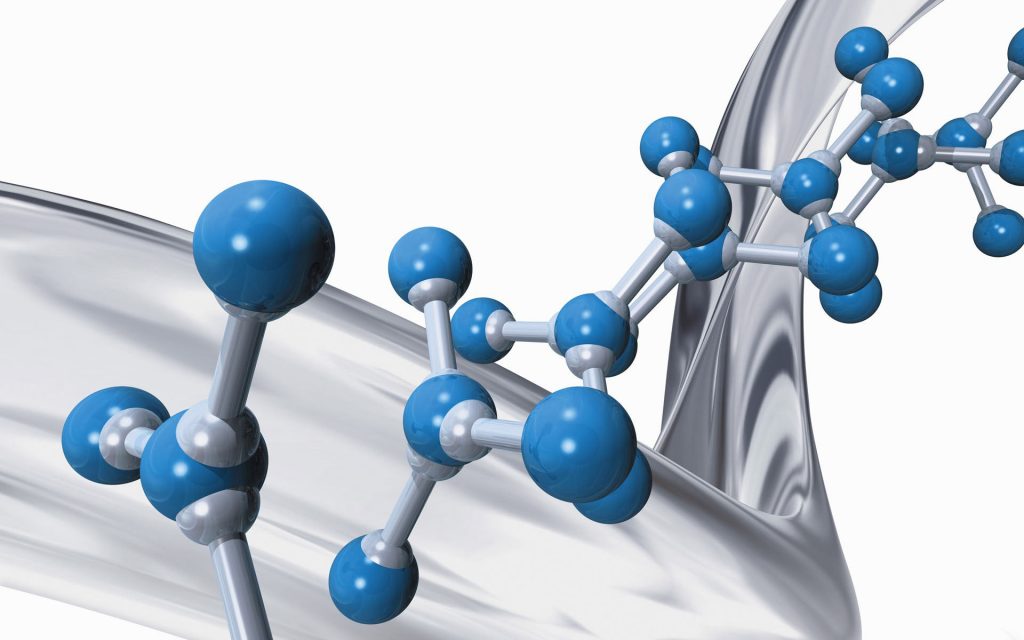
Naming Positive Ionic Compounds
Naming compounds in a systematic way is very important. It makes them unique. You know exactly what is being referred to because the positive ion is listed first. The negative ion is next. It is now a monatomic element . This means 1 atom. The charge is indicated after the name of the element. Ions that are polyatomic and positive should have -onium after their name.
Naming Negative Ionic Compounds
Ions that are negative and monatomic in nature will have the suffix -ide added. Now polyatomic negative ions are more complicated unfortunately. Here's the breakdown on how it works. According to chemed.chem.purdue.edu, the name generally ends in -ate or -ite. The -ate suffix means there is a high oxidation state. The -ite suffix indicates a low oxidation state. The -hypo prefix is usually the lowest oxidation state. The opposite is true of the -hyper prefix which means it has the highest oxidation state. To complicate things further, there are exceptions but not very many. These you will just have to learn as you come across them.
Conclusion
Chemistry, like all of the sciences, is a complex subject. This is just the beginning of what it takes to be proficient at it. You have to start somewhere though and that first step is always the hardest. Get familiar with these concepts correctly and later concepts will be easier to pick up. Getting an understanding of the basic chemistry concepts for beginners is not hard to do. It just takes a little effort. You will not regret it. Having a proper understanding of the big picture is important when trying to understand the details.